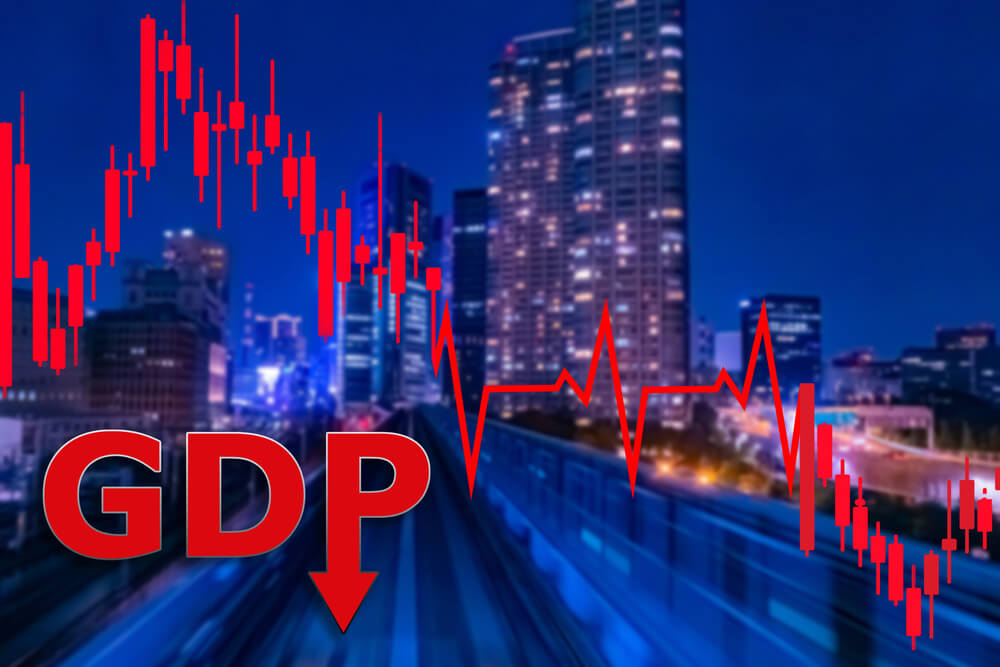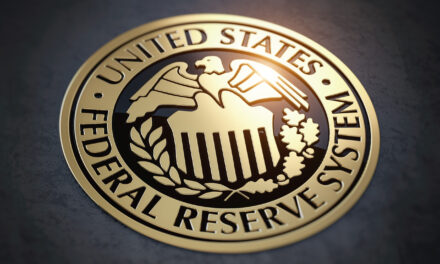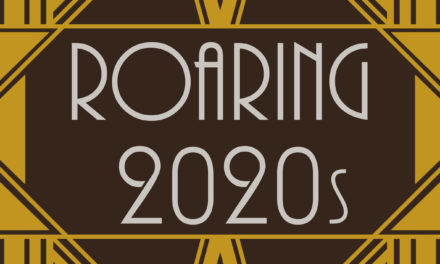The United States’ gross domestic product (GDP) could contract by as much as 12% in the second quarter, according to analysis by the nonpartisan Congressional Budget Office.
But one economist said to wait for the Department of Labor’s advanced GDP estimate before drawing any long-term conclusions.
According to the CBO, if GDP falls that much, it would bring the annual rate of decline to around 40% for the quarter.
In addition, the $2.2 trillion in coronavirus stimulus passed by Congress in March is likely to bring the federal deficit up to around $3.7 trillion. That does not count the nearly $500 billion added to the Paycheck Protection Program last week.
If the projections hold true, it would put U.S. GDP in contraction for two consecutive quarters, thus putting the economy in a recession by definition, though, most would argue we are already in one.
However, Banyan Hill Publishing economist Ted Bauman said the real numbers will come Wednesday when the Bureau of Economic Analysis releases its advanced GDP estimate.
“The revised estimate will come out on May 28, along with an estimate of first-quarter corporate profits. Estimated personal income and expenditure comes out the next day,” said Bauman, who also is the editor of The Bauman Letter. “Those are the ones I’d be looking for.”
When Will GDP Growth Come Back?
The CBO did say the country’s GDP would start to rebound in Q3 with a robust growth rate of 5.4%.
“However, challenges in the economy and the labor market are expected to persist for some time,” CBO director Phillip Swagel said in a statement. “Interest rates on federal borrowing are expected to remain quite low in relation to rates in recent decades.”
Swagel said increases in consumer spending will help offset any further declines in business investment. He said GDP in 2021 should grow by 2.8%.
CBO Projects Double-Digit Unemployment
The CBO also said unemployment in the U.S. will reach 14% in Q2 and 16% in Q3. It said the jobless rate will start to fall in the fourth quarter and into 2021.
“The labor market is expected to improve after the third quarter, with a rebound in hiring and a significant reduction in furloughs as the degree of social distancing diminishes — leading to an increase in business activity and an increase in the demand for workers,” Swagel said. “In particular, the unemployment rate is projected to decline to 9.5 percent by the end of 2021.”
If that holds, the unemployment rate at the end of 2021 will be six percentage points higher than the CBO’s January projections, before it was clear how badly the pandemic would derail just about everything.
Treasury Rates to Stay Low
Because of economic uncertainty moving investors more into the bond market, interest rates will stay low for the rest of the year, according to the CBO.
The interest rate on the 3-month Treasury bill is expected to hover around 0.1% for the rest of 2020. Interest rates on 10-year notes will be 0.6% in Q2 and rise slowly to 0.8% by the end of the year.
“Under that projection, the interest rate on 10-year Treasury notes at the end of 2021 would be roughly 1.6 percentage points lower than the rate in CBO’s economic projection produced in January 2020,” Swagel said.
Federal Deficit Grows Fast
Swagel said the federal deficit is expected to be “significantly larger” in 2020 and 2021 as compared to 2019.
If there are no major changes to spending and revenue projections, the deficit will be around $3.7 trillion in 2020 and $2.1 trillion in 2021.
That puts the federal deficit at 17.9% of GDP in 2020 and nearly 10% in 2021.
Federal debt held by the public will be 101% of GDP by the end of the year and would expand to 108% by the end of 2021, according to Swagel.





